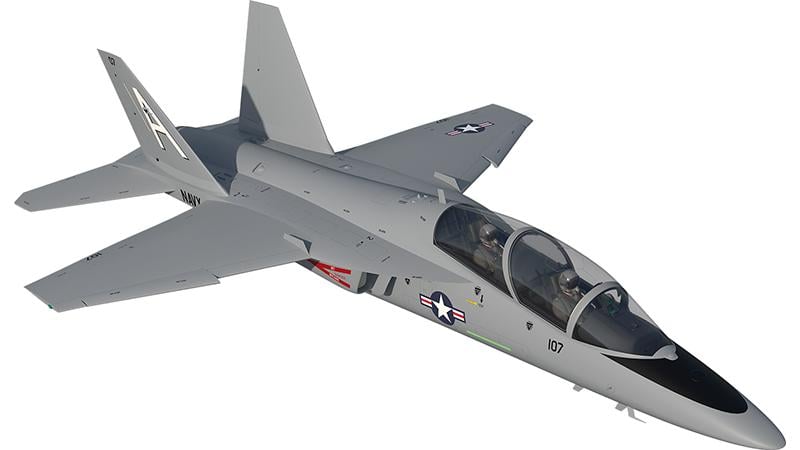
Boeing released this new rendering of its T-7A offering for the Navy’s T-45 replacement in April.
Credit: Boeing
The coming sea change in the way the U.S. Navy trains its future aviators—aimed at accelerating the upcoming acquisition program—has prospective trainer aircraft contractors both excited and relieved. The Navy released its latest request for information (RFI) for the Undergraduate Jet Training...
Competitors For U.S. Navy’s New Trainer Praise Requirements Change is available to both Aviation Week & Space Technology and AWIN subscribers.
Subscribe now to read this content, plus receive critical analysis into emerging trends, technological advancements, operational best practices and continuous updates to policy, requirements and budgets.
Already a subscriber to AW&ST or AWIN? Log in with your existing email and password.





